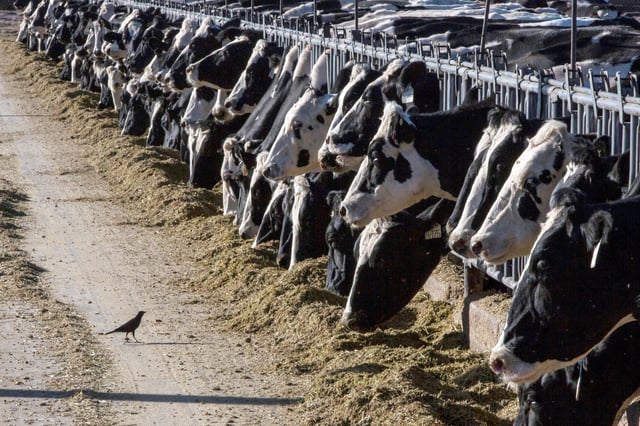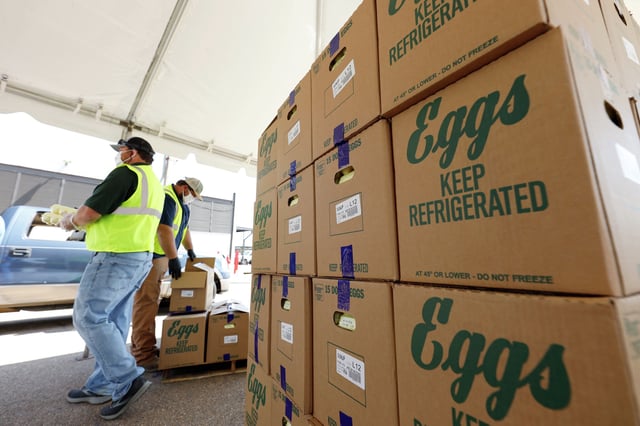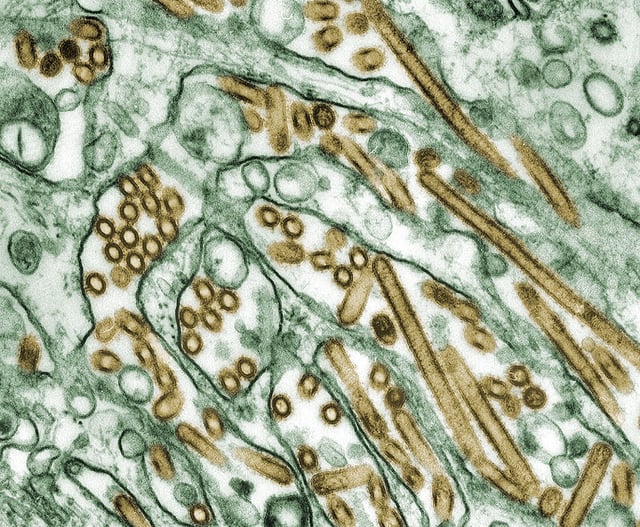Overview
- Federal officials are preparing vaccine candidates against the H5N1 bird flu strain following a human case in Texas, emphasizing the current low risk to the general public.
- The infected individual, a dairy worker, contracted the virus from cattle, marking a rare instance of animal-to-human transmission of H5N1 in the U.S.
- Surveillance and monitoring efforts are enhanced, with over 8,000 people screened for exposure to H5N1 across the U.S., aiming to detect any potential human-to-human transmission.
- Funding cuts for pandemic preparedness have raised concerns among experts, despite the strategic national stockpile containing vaccines and antivirals ready for use.
- The CDC and health experts maintain that, while the situation is taken seriously, the genetic makeup of the virus does not currently suggest an increased likelihood of widespread human transmission.



